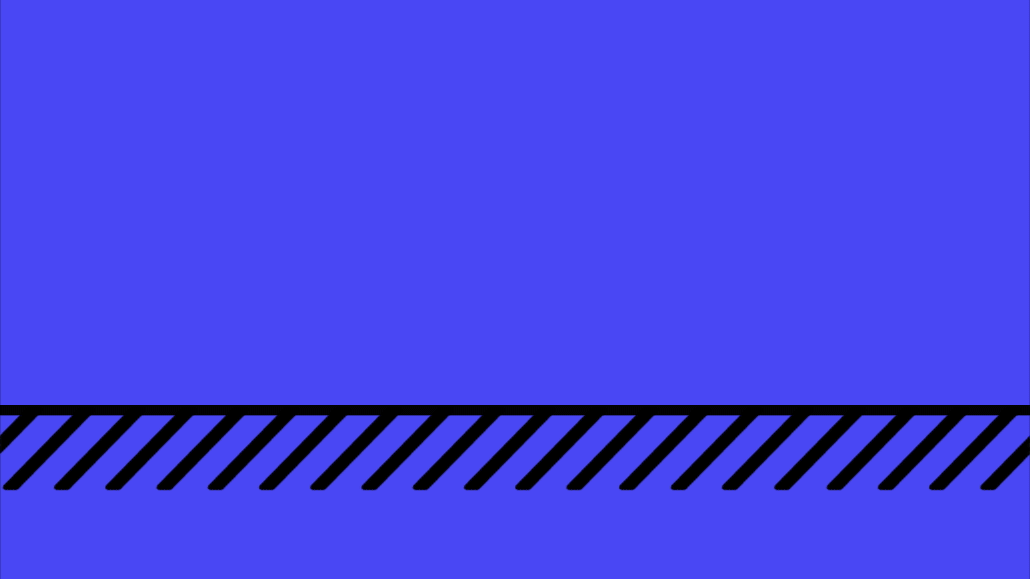Why a startup snack and wellness brand is investing more in OOH advertising after viral moment success

After going viral with a “Hot Girls Have IBS” billboard campaign earlier this year, snack and wellness brand BelliWelli is taking a bigger swing in the out-of-home advertising space to boost brand awareness.
Over the last year, brands have steadily been spending more ad dollars in OOH as people venture back outside, returning to in-person work and other activities. The Out of Home Advertising Association of America’s 2021 OOH Facts and Figures Ad Spend Performance report notes that OOH ad spend reached $7.1 billion last year, up from the $6.1 billion spent in 2020.
With just a year in business, the California-based brand is dedicating between 20 to 30% of this year’s marketing budget to out-of-home advertising. That percentage is likely to ramp up even more after the campaign went viral — including reaching millions of views on the brand’s TikTok.
BelliWelli co-founder Katie Wilson did not provide specific figures on what that increased spend might look like. Last year, the startup spent $13,500 on media, per Kantar; those numbers do not include social spend as Kantar does not track those figures.
“Based on what I know right now, I would still opt to spend $5,000 in the billboard, out-of-home industry all day, every day than I would on Facebook,” Wilson said. Per Wilson, OOH billboards have proven a measurable and cost effective way to boost brand awareness in comparison to the digital marketing landscape, where users are “inundated all the time.”
Last November, BelliWelli launched its campaign with a static billboard in Los Angeles, followed by two more in Portland and Times Square. Since roll out, the billboards themselves have picked up serious steam. A video showing the hot pink Portland-location signage racked up two million views on the brand’s TikTok account, which has more than 28,000 followers since launching last June. It also caught the attention of model and actress Camila Morrone, who shared the image on Instagram to her 3.1 million followers. It saw more than 95,000 likes.
Aside from the social currency, BelliWelli says the LA and Portland billboards drove an estimated $40,000 in product sales.
Prior to the viral campaign, the majority of BelliWelli’s marketing was an organic effort via Facebook groups. The startup now has 20 to 30% of its ad spend dedicated to OOH with another 25% budgeted for digital advertising, according to Wilson. Another 20% goes toward influencer marketing strategy and the remaining ad dollars are dedicated to undisclosed media projects.
Media buyers have long since warned advertisers that going viral is not a strategy. Wilson pushes back against that ideology, noting that going viral early in a brand’s career “means you get to take part in the conversation and you get a seat at the table earlier than you might normally.”
BelliWelli isn’t alone in boosting spending on OOH ads. Advertisers like Fiverr and Andie swimwear have been ramping up their OOH spend since last year as society continues to return to in-person activities.
“As we’ve seen people more comfortable, more vaccinations, people getting back out in the world, it makes total sense to be in that space at this point,” said Michelle Chong, group director of planning at Fitzco advertising agency.
Per Chong, it’s a trend that’ll continue as OOH becomes more digitized, making attribution and measurement easier. Advertisers are also eyeing out-of-home as a way to diversify media spend, especially as the digital marketing landscape becomes increasingly more crowded, expensive and harder to measure thanks to data privacy changes, she added.
“It’s the oldest medium, but it’s been in evolution mode for a while now,” she said. “We’re excited to continue to see how it rebounds.”
For now, BelliWelli says it plans to continue its investment in OOH, planning to launch two more billboards in California, per a spokesperson for the brand.
“The ROI is very clear to us right now,” said Wilson. “We’ve done three [OOH placements] so we can see the direct cause and effect.”
More in Marketing

In the marketing world, anime is following in the footsteps of gaming
As marketers look to take advantage of anime’s entry into the zeitgeist, they might be wise to observe the parallels between the evolution of anime as a marketing channel and the ways brands have learned to better leverage gaming in recent years.

With the introduction of video ads and e-commerce, Roblox looks to attain platform status
Roblox is expanding into more areas than just ads in 2024. Much like platforms such as Amazon and Facebook have transcended their origins to evolve from their origins as online marketplaces and social media channels, Roblox is in the midst of a transformation into a platform for all elements of users’ virtual lives.

PepsiCo wants to remain a ‘driver of culture’ as it turns to influencers and activations amid rebrand
The soda-maker says it can translate cultural relevance into sales volume.
Ad position: web_bfu


